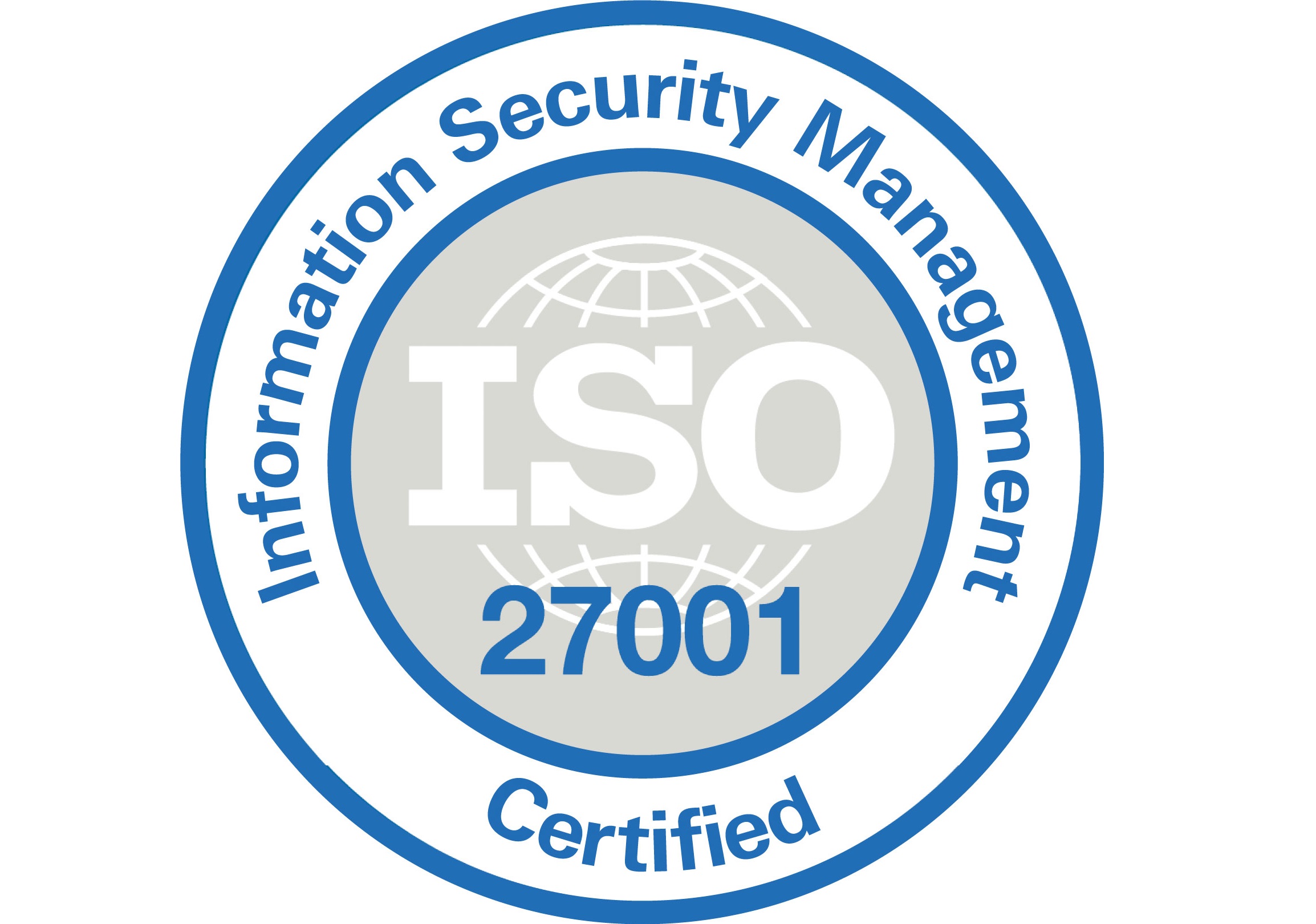But for many of us, the idea of sitting down in a group, staying silent, and being taught brings back memories of staring at the clock during dull school classes.
It doesn’t need to be like that! And interactive quizzes are the answer…
Audience interaction – the basics
First, modern technology means that if your training session is a one-to-many presentation with zero interaction, you may as well video it and post in on YouTube so everyone can consume it at their own pace, when it suits them. There’s no need to go through the cost and hassle of bringing them into the same room if the session isn’t going to engage them as a group.
Engagement means active participation in the class. It means creating a dynamic that can’t be achieved through a recorded presentation, with the role of the teacher or trainer to create debate and dialogue that goes beyond the basic facts and lets the audience collectively educate each other.
This can be achieved with or without technology to support it. Certainly, small class sizes can enable effective debate without it, although as they increase in numbers technology does a great job at engaging everyone. That’s why digital audience Q&A is our most popular feature.
Interactive quizzes – the next level
One really powerful format to create this engagement, and to measure the effectiveness of your training session (effectively its “Event ROI”), is the interactive quiz.
Again, whilst a few people might dread a ‘test’, for many it adds a competitive element that ensures the training content is absorbed (for the short-term at least!) Presented as a ‘quiz’ rather than a ‘test’ helps position it like a gameshow or pub quiz, creating an informal and fund environment rather than something to be feared. This is essentially, live polling and ‘gamification’ – a buzzword for something event organisers, teachers and trainers have been doing for years…
What’s more, it provides valuable data and feedback as to the effectiveness of the session overall, and can provide insights as to whether the content was pitched at the correct level, for different groups of attendees. Training managers (or event planners) can then quickly iterate the course, or provide additional training where there are clear gaps in knowledge.
Here, technology has a big role to play. Just as teachers dread hours of marking, and pub quizzes hit a slump while the lonely organiser tries to decipher wobbly scrawled answers, so interactive quizzes at events need to be fast paced.
That means instant answers, graphical visualisation of ‘winners’ (or at least some sort of scoreboard), and data that can be collected and fed into other systems (such as CPD accreditation records).
Read on to find out how audience engagement software like Glisser can help with interactive quizzes.








